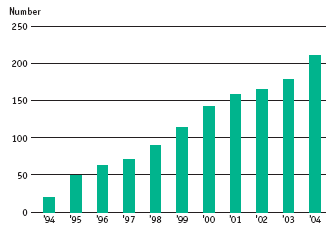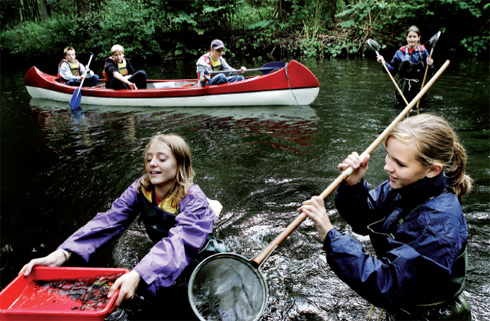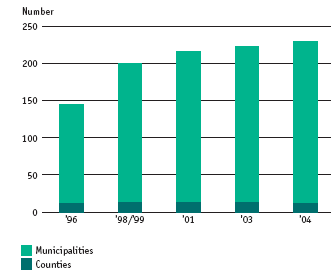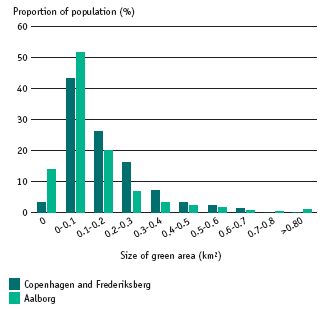Nature & Environment
Green responsibility – the sooner the better
It is easier to take environmental responsibility if it seems the natural thing to do; if it is a part of our upbringing.
This way, taking responsibility for the environment is not something we have to constantly remind ourselves about, but it is a knowledge and an understanding naturally integrated with our actions. But how can we learn at an early stage to take nature and the environment into consideration in our daily errands, if our parents, for instance, are not being good examples in this regard?
Green responsibility first became a serious ingredient in Danish schools in 1992 when the subject “nature and technique” was introduced. Subsequently, this was replaced by examinations in more natural science subjects, and many schools have special subject weeks focusing on cross-disciplinary subjects, for example about the environment and nature. an internet portal has been established containing information for teachers teaching in this field. Furthermore, for several years now the ministry of the environment has been running a competition for school children called "Clean week", in which 5th and 7th graders compete to create
the best newspaper about waste. at the same time, nature schools and the Nature Guide Service offer supplementary teaching within the field of nature and the environment.
It turns out that it is the parents who learn about correct environmental behaviour from their children, and that the children are a good starting point if you want to change the behaviour of the entire family.
In recognition that the greatest danger to the environment is environmentally harmful behaviour by people stemming from ignorance, international environmental organisations have long been promoting education and training as essential means to achieve less environmental impacts. the culmination was an international united Nations Decade of education for Sustainable Development launched in 2005.
1 Environmental education

Source: The Danish Outdoor Council
Environmental education in primary and lower-secondary schools. this indicator shows the trend in the number of eco-Schools in the past 11 years. an eco-School is a school that has completed one or several eco-Schools programmes and flies a green flag as a symbol of their green initiatives. eco-School themes include water, energy, waste, nature, environmental audit and eco-labelling.
The number of green flags has increased more than tenfold in ten years, from 19 in 1994 to 210 in 2004. the eco-Schools programme is unique in that it involves the entire school in the process. Not only do the students acquire new knowledge, the whole school changes behaviour and real resource savings are achieved.

2 Collaborations with local agenda 21

Source: The Ministry of the Environment, Spatial Planning Department
The number of counties and municipalities which have started working with Local agenda 21.
Taking green responsibility very much coincides with the work of many municipalities and counties in connection with Local
agenda 21. this includes efforts by municipalities and counties for green areas, urban ecology, water and energy savings, waste separation and traffic planning. it is important that local authorities live up to their environmental responsibility and for example include environmental considerations in their procurement. in this way, municipalities and counties can serve as a role model and the physical evidence of their initiatives can inspire their inhabitants to make environmental considerations
as well.
3 Access to green areas

Source: The Danish Forest and Landscape Research Institute
The proportion of the population in Copenhagen and aalborg that have access to a green area within 15 minutes walking-distance from where they live.
The existence of green areas in the local environment is an important factor for everyday recreation. Studies have shown that green areas that are not within 500 meters of where one lives are not used during normal weekdays. Daily visits to green areas also help create better understanding of nature.
The majority of the Danish population lives in cities and is therefore dependent on the possibilities offered by green areas to experience nature. the demand for nature experience is increasing steeply. the conversion of old industrial areas, urban renewal and regeneration of neighbourhoods etc. holds
a possibility for improving the green element in densely built-up urban areas.

Version 1.0 July 2007, © Danish Environmental Protection Agency